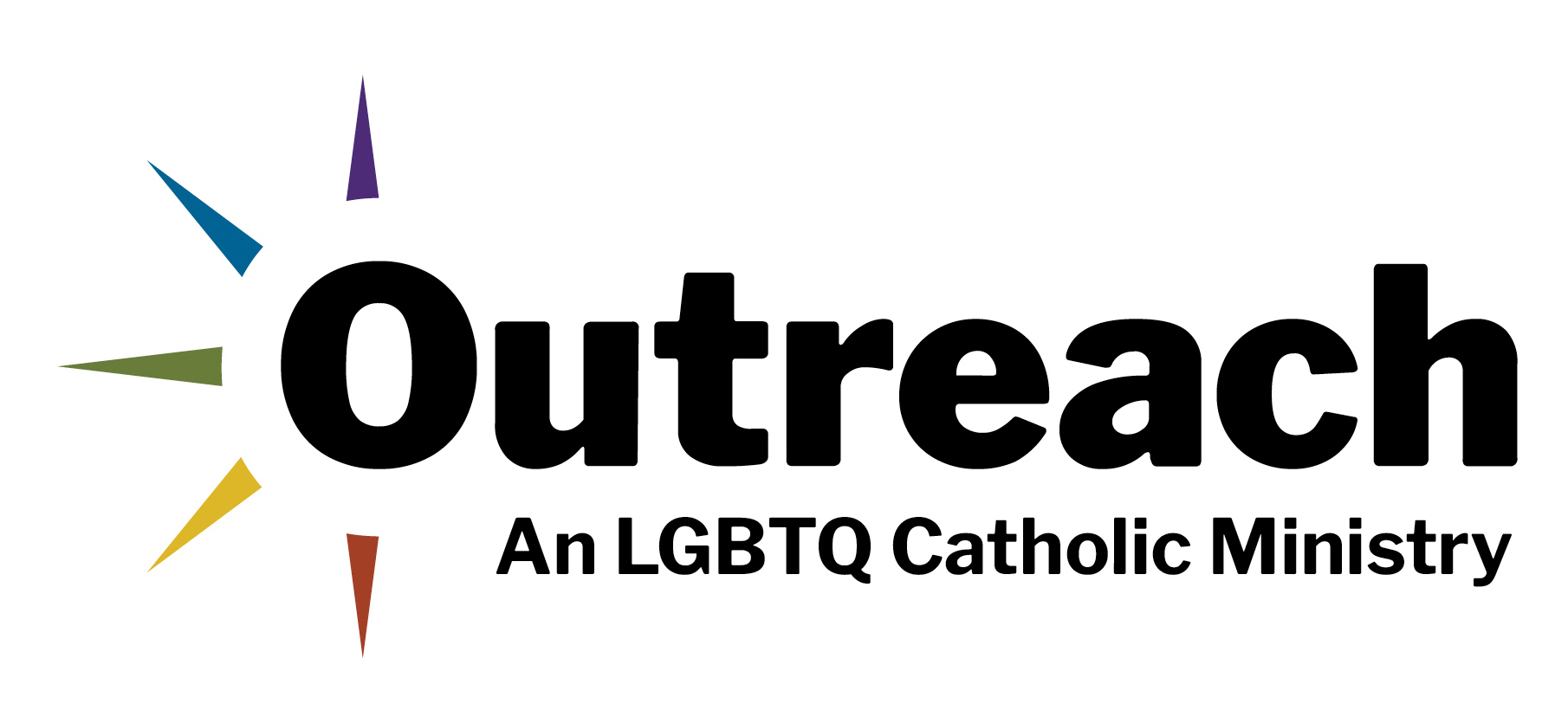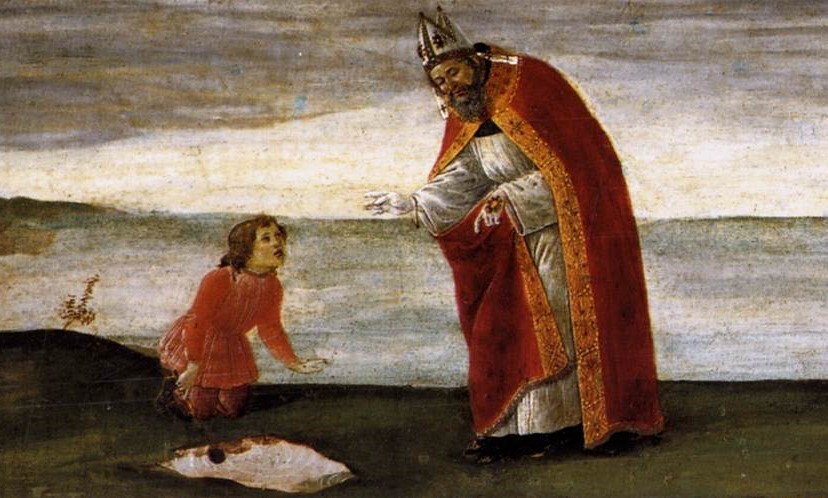The following Gospel reflection for the Solemnity of the Most Holy Trinity also appeared as our weekly newsletter on May 24, 2024.
There is a charming but probably apocryphal story about St. Augustine walking along a beach, after trying unsuccessfully to understand the concept of the Trinity. He comes upon a boy who has dug a small hole in the sand and is running back and forth to the ocean, cupping water in his hands and pouring it into the hole.
“What are you doing?” asks Augustine. “I’m trying to fit the ocean into this hole,” says the boy. (I’m paraphrasing a tale with many versions.) “That’s impossible,” says Augustine. “You can never fit the ocean into that small hole.” “Nor,” says the boy, “can you fit the Trinity into your mind.”
Apocryphal or not, the difficulty of understanding the Trinity, the doctrine we celebrate this week, did not stop the saint from writing De Trinitate (On the Trinity). In that great treatise, Augustine offers some analogies to help readers understand the relationships among the Father, the Son and the Holy Spirit. Perhaps most famously, he uses the analogy of one’s memory, understanding and will, all part of the mind but all separate.
Nothing (as that boy suggested to St. Augustine) will enable us fully to understand the Triune God, three separate persons in one.
Later theologians would use other analogies. Richard of St. Victor spoke of the lover, the beloved and the “co-beloved”; St. Thomas Aquinas of the mind, self-knowledge and self-love. St. Patrick, by tradition, used the shamrock, with its three leaves, to help his Irish followers grasp this dogma.
Each of these saints would admit that each of those analogies limp. Nothing (as that boy suggested to St. Augustine) will enable us fully to understand the Triune God, three separate persons in one. (Even the term “person,” an English term from the Latin persona, whose origins are in the Greek word hypostasis, does not convey the richness of the idea.)
So what are we mortals with limited minds to do?
First, we can look at the Trinity historically. In other words, our reflections on the Trinity come not simply from its revelation from Jesus (who in this Sunday’s Gospel asks his followers to baptize “in the name of the Father, and of the Son and of the Holy Spirit”), but also on how humanity has experienced God. Over the millennia, humanity has experienced God as Father (as Creator), Son (as Jesus) and as Holy Spirit (in too many ways to name).
As we reflect on our shared historical experiences of God, Jesus’s presentation of the Trinity becomes clearer. About the Trinity, The New Dictionary of Theology says, “What we know of the divine Mystery in Itself we know through its unfolding in the history of salvation.” So one way to “respond” to the Trinity is to see signs of the works of the Father, Son and Spirit around us.
How can we begin to enter into the community of the Trinity? By uniting ourselves in love with God.
Second, we can look at the Trinity as community. God is a community of three persons, bound together by love, united more closely than we could ever imagine. This suggests perhaps the most basic way that we can “live out,” as it were, the pattern of the Trinity’s ongoing life: in community. How can we begin to enter into the community of the Trinity? By uniting ourselves in love with God.
But we can also help to create community, in our world and in our church, by inviting those who feel on the “outside,” the “margins” or the “peripheries,” as Pope Francis likes to say, into that love.
We may not be able to fit the idea of the Trinity into our minds, but we can begin to participate in the Trinity’s communal love in our own world, whether on a beach, in your parish or at home.



